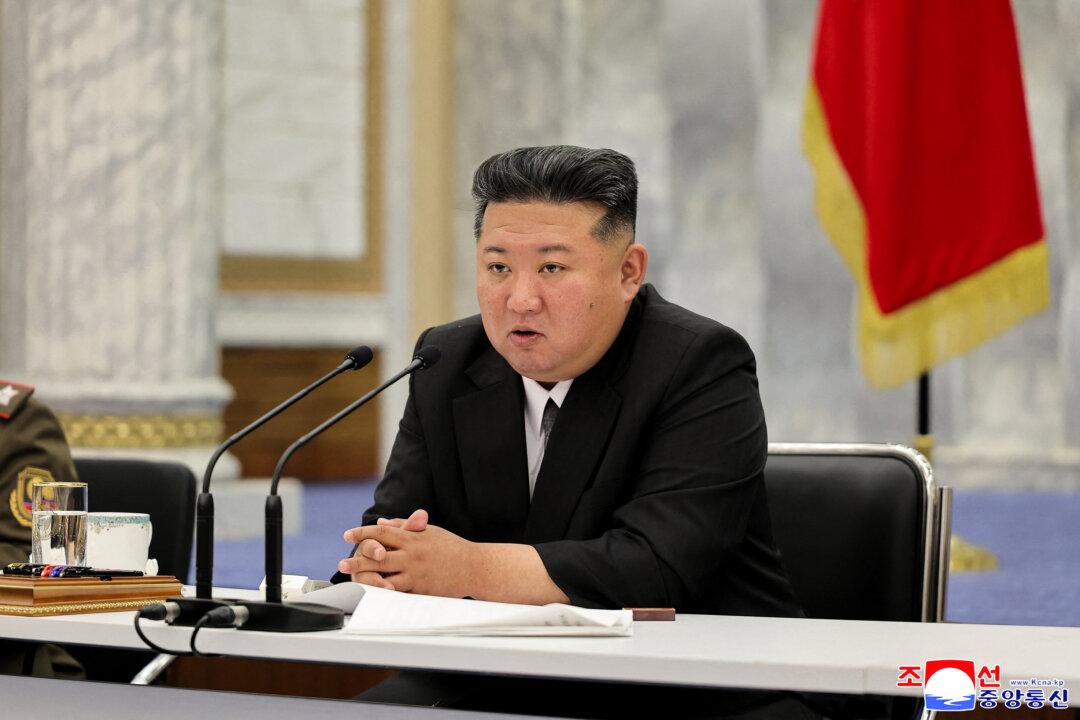The House Intelligence Committee’s subcommittee on counterterrorism, counterintelligence, and counterproliferation is set to hold a public hearing next week on unidentified aerial phenomena (UAP), also known as UFOs, marking the first time such a hearing has taken place in over 50 years.
The hearing, which will assess what risks UFOs pose to national security, will be chaired by Rep. Andre Carson (D-Ind.).





